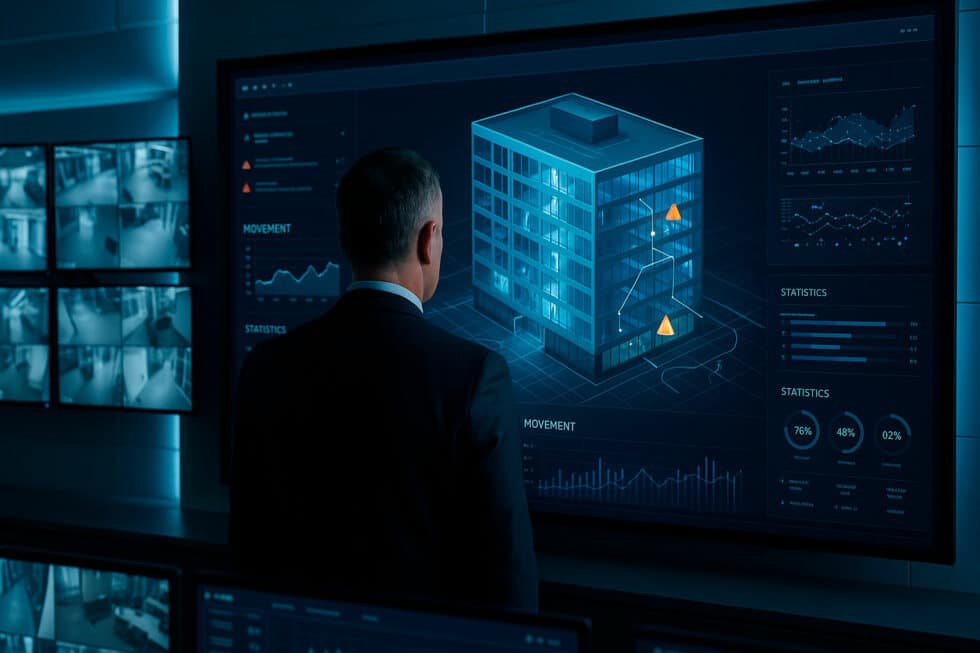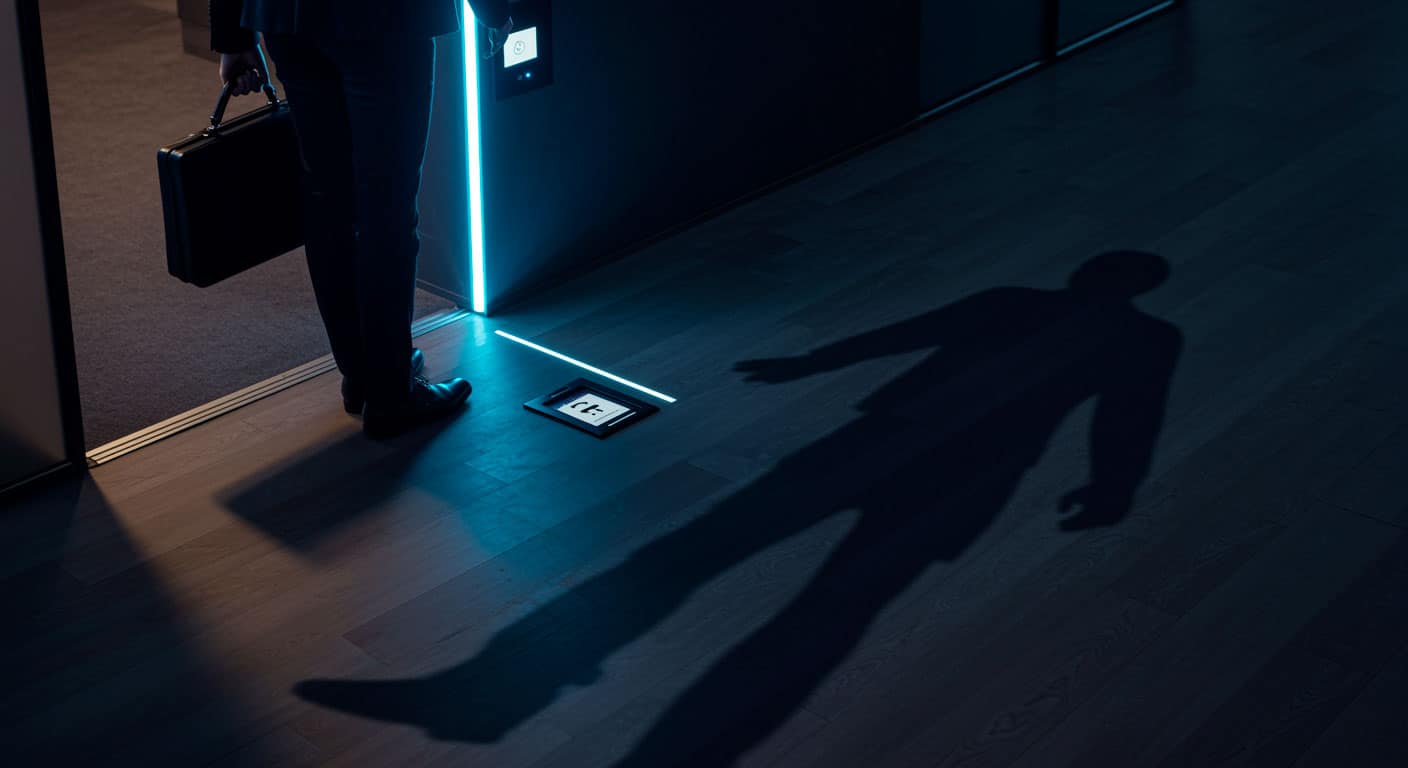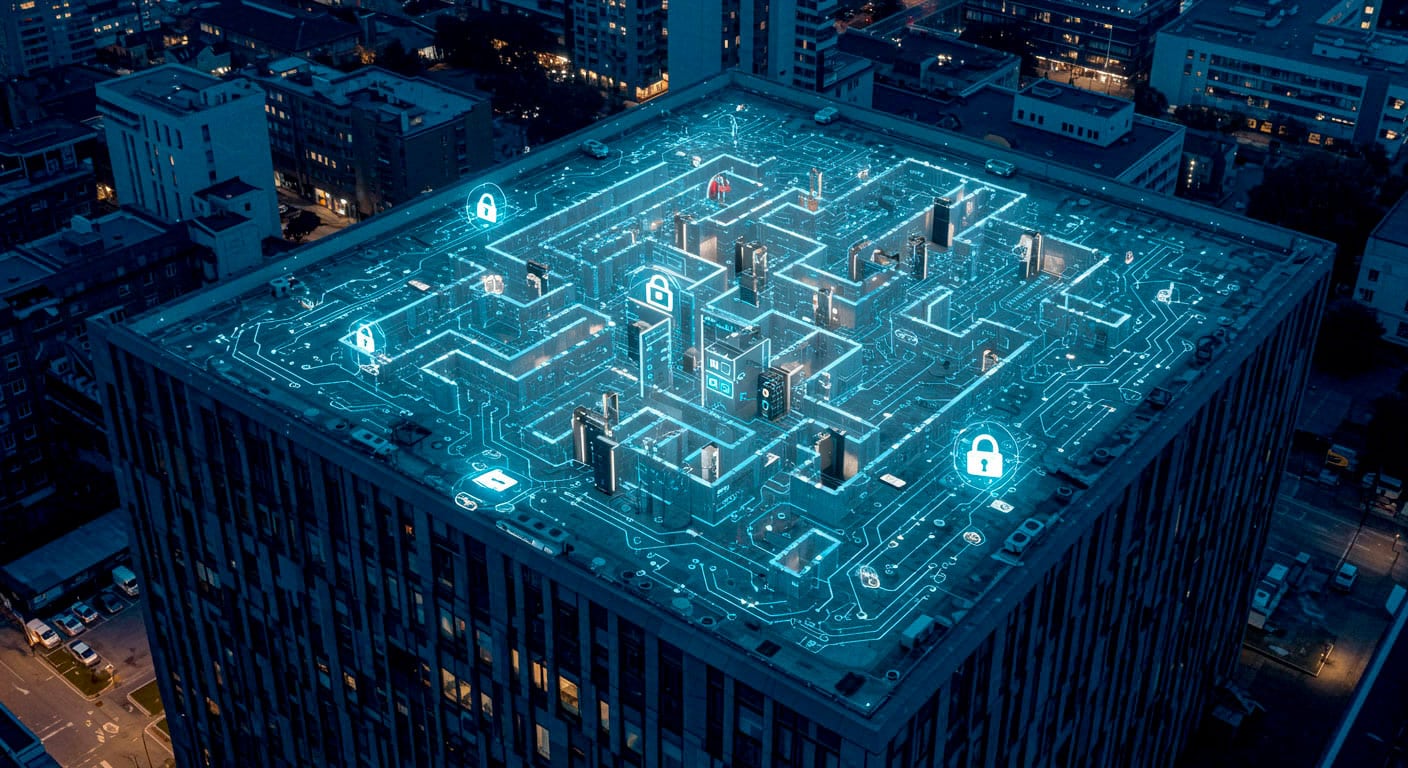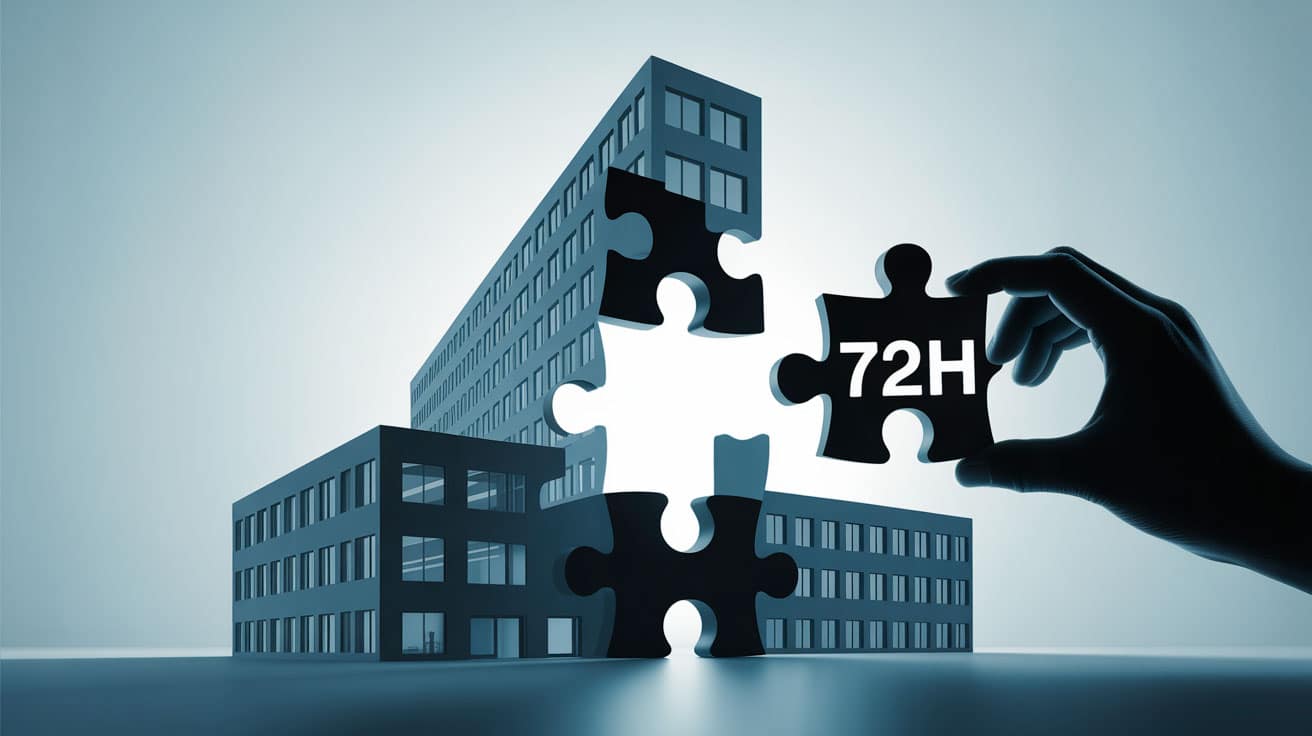The new frontier to protect physical assets and business continuity
In the context of increasing complexity and interconnectedness of business systems, physical security is also being called upon to evolve. It is no longer enough to armor access or guard perimeters: predictive and integrated tools are needed to turn data into rapid decisions. In this scenario, an emerging technology is proving revolutionary: the Digital Twin of physical security.
What is a digital twin for security?
A Digital Twin is a dynamic digital replica of a physical system. In the case of security, it involves creating a virtual model of a site, facility or infrastructure, updated in real time with data from cameras, sensors, badges, alarms, gates, automations, etc.
This “digital twin” enables:
- Monitor security status in real time
- Simulate critical scenarios or emergencies
- Predict vulnerabilities before they occur
- Test new solutions before implementing them in the real world
Why is it relevant to CEOs and security managers?
Why transforms security from a cost center to a strategic lever. A Digital Twin enables a shift from reactive to predictive management, improving security ROI through:
- Reduced response time toincidents and anomalies
- Optimizing supervisory resources by better distributing them according to data
- Decision supportthroughsimulated scenarios and what-if analysis
- Moreeffective traceability and auditstosupport compliance and governance
How do you create a security digital twin?
- Detailed physical mapping ofenvironments (indoor and outdoor)
- Integration of systems already in use: video surveillance, access control, IoT, alarms, etc.
- Implementation of a daticentralizedand interoperable platform
- Definition of parameters to be monitored: abnormal accesses, critical areas, routes at risk
- 3D visualization and dynamic interfaceforcontrol and simulation
- Predictive models poweredby artificial intelligence
What are the use cases?
- Sabotage prevention: simulation of intrusion or suspicious behavior
- Management of major events or emergencies: evacuations, fires, blackouts
- Cost-benefit analysis: assessing the economic impact of each security choice
- Distributed security across multiple locations or facilities: one centralized direction
A question of corporate culture
Implementing a Digital Twin in physical security is not only a technological issue, but also a cultural one. A change in mindset is needed: from passive protection to active prevention, from operational fragmentation to integration.
Forward-thinking companies are already investing in these kinds of solutions. Not only to improve security, but to strengthen operational resilience, reduce hidden costs, and ensure business continuity in an unpredictable world.



